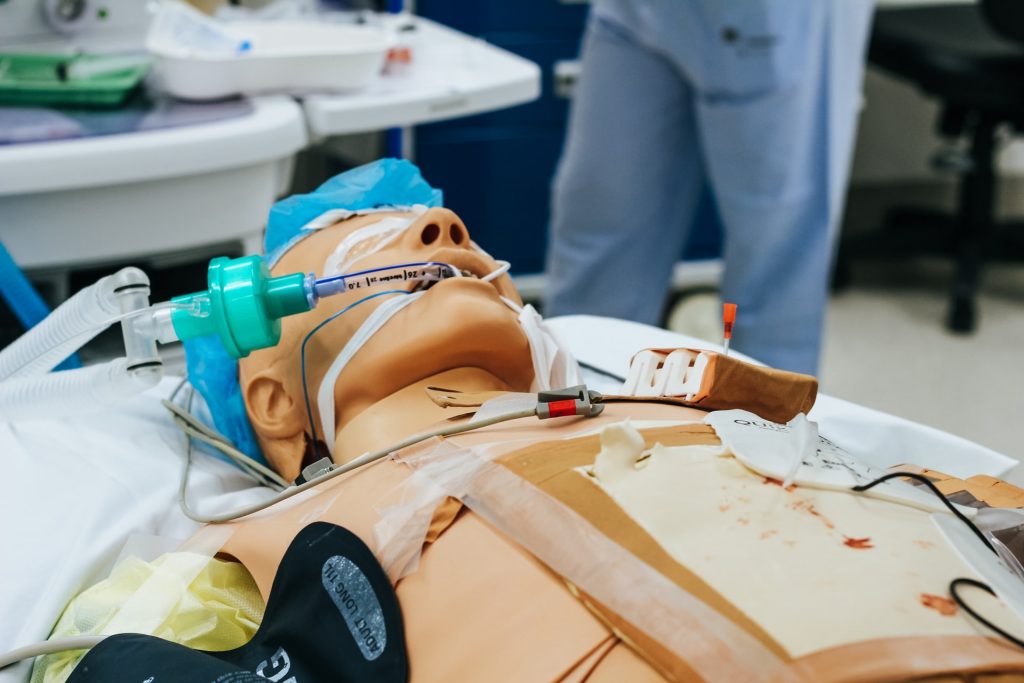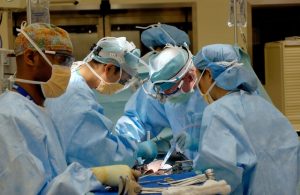
Healthcare simulation is a technique used to enhance or extend real-world experiences through a guided practice that evokes or interactively reproduces essential real-world details. Healthcare simulation utilizes numerous tools ranging from artificial or simulated healthcare environments that contain virtually everything seen in a real-world clinical setting to virtual healthcare environments in a digital format. If you check anaes.fr, you can learn about promoting health simulation for risk management.
Creates Interactive Environment
 From the immersive output, individuals alone or together with technologically innovative mannequins representing alien and normal anatomy can create interactive environments. On the other hand, the standard drawback of digital simulation isn’t just let hands-on instruction has become a great advantage in a coronavirus order because virtual simulation could fill the void in health classrooms when medical campuses have closed. This type of training has helped many soon to be professionals complete their training.
From the immersive output, individuals alone or together with technologically innovative mannequins representing alien and normal anatomy can create interactive environments. On the other hand, the standard drawback of digital simulation isn’t just let hands-on instruction has become a great advantage in a coronavirus order because virtual simulation could fill the void in health classrooms when medical campuses have closed. This type of training has helped many soon to be professionals complete their training.
Promotes Long Term Retention
The vast majority cannot completely replace medical classes with virtual simulation independently. In an environment where health care systems are being tested beyond their limits, we cannot afford not to ensure the long-term retention of the health care workforce. Simulation, in more ways than one, continues to be a game-changer in terms of the caliber of health education and preparation for student learning, but we’ve never needed to do that because we don’t currently have clinical encounters. Given that many medical schools are well prepared to augment their curricula with artificial simulators independently or in conjunction with virtual simulation.
Conclusion
While real scientists and healthcare professionals study new drugs and develop new therapies, we are doing our important work. We’re exploring the breadth and depth of this healthcare simulator. Learning what we can do with it, developing new approaches to using it, and even discovering how difficult it can be in a completely new environment.…
